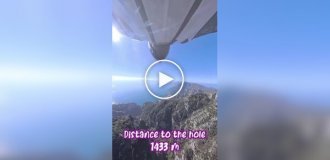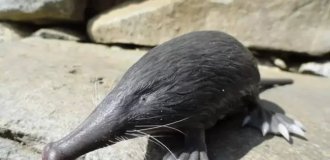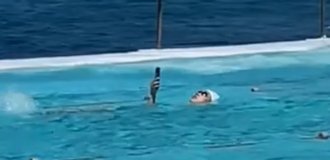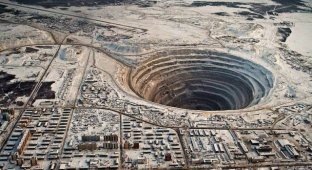Filled 5 years: in Africa, they "extract" light thanks to an artificial lake (5 photos)
The world's largest lake, Lake Kariba, spans two countries, Zambia and Zimbabwe. More than 30,000 people and thousands of animals were relocated to create it. 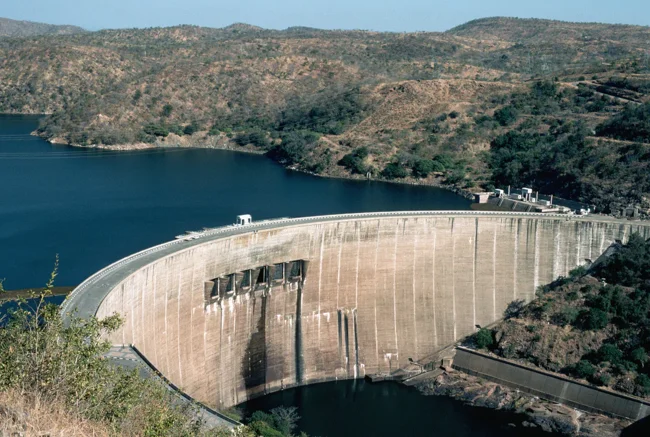
Lake Kariba is located between Zambia and Zimbabwe in southern Africa and covers an area of 3,460 square kilometers. The body of water was formed after the Zambezi River was dammed in a gorge where it narrowed between hills more than 400 kilometers below Victoria Falls. The distance upstream to the river's mouth in the Indian Ocean is more than 1,300 kilometers.
Lake Kariba has a capacity of 70 cubic kilometers. It is over 223 kilometers long and up to 40 kilometers wide. The average depth is 28 meters, with a maximum depth of about 97 meters. 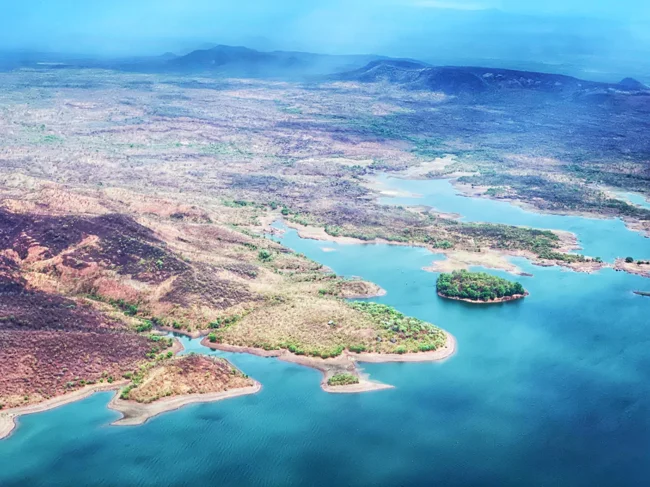
Lake Kariba began filling in 1958 and was completed in 1963. The process took five years to complete. It is considered the world's largest man-made lake by volume. The mass of water is believed to have caused induced seismicity, with more than 20 earthquakes measuring five or higher on the Richter scale.
A town called Kariba was built on the lake's dam for construction workers. Some settlements in Zimbabwe had to be expanded to accommodate those displaced by the damming of the river. The Zambezi Dam was built from November 1956 to 1959. It is 127 meters high and almost 579 meters long. 
The dam supplies about 6.7 billion kilowatt-hours of electricity per year. More than 30,000 local residents were relocated to build it, and thousands of wild animals were evacuated as part of "Operation Noah."
The project was initially unpopular, but everything changed when it came to fruition. After the dam was built, locals received inexpensive electricity, which supported the copper industry in Zambia. 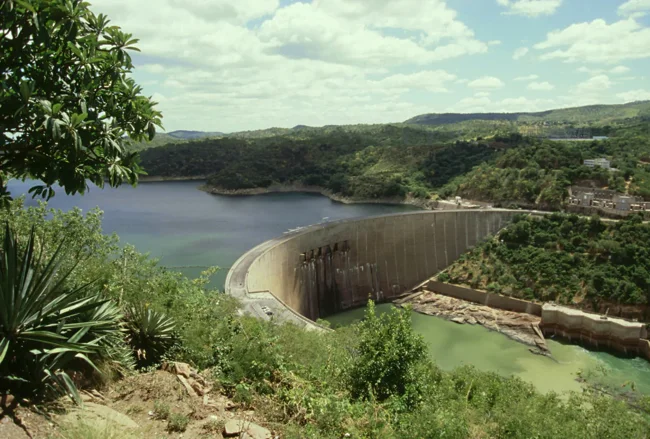
The water that filled the lake contained many nutrients due to decomposed and submerged vegetation. This formed a thick layer of fertile soil on the bottom, and as a result, the ecology of the reservoir is vibrant. There are various species of fish, including sardine-like kapentas, Nile crocodiles and hippos. Along the shores, you can see cormorants and other waterfowl, as well as elephants, lions, cheetahs, leopards and buffalo. 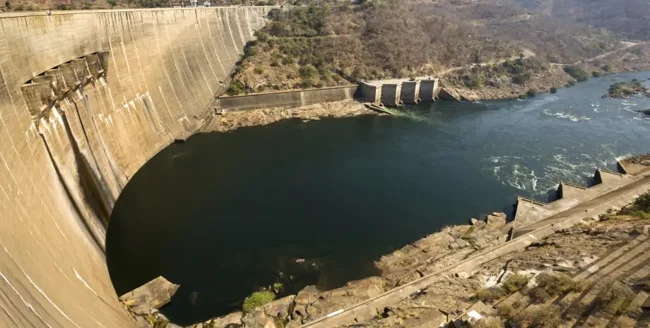
Both Zambia and Zimbabwe have taken up tourism. However, after severe droughts, the lake's water supply available for electricity production fell by 7.7%. As a result, Zambia faced a 21-hour power outage as its hydroelectric plant shut down for the second time.







